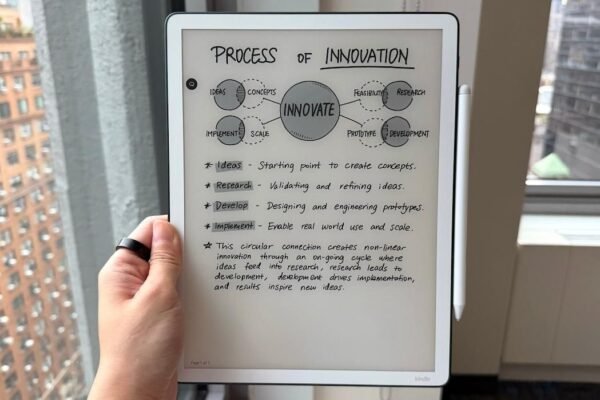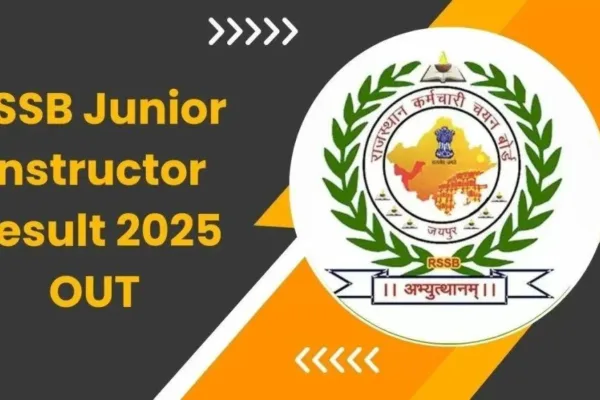
ABFRL Demerger Fresh News: Latest Updates and Strategic Impact
abfrl DemergerAditya Birla Fashion and Retail Limited (ABFRL) has been a dominant player in India’s fashion and retail industry, housing brands like Louis Philippe, Van Heusen, Pantaloons, and Peter England. Recently, the company announced a major demerger plan, stirring discussions among investors, analysts, and industry experts.
In this blog, we will explore the latest updates on ABFRL’s demerger, its strategic rationale, potential impact on stakeholders, and future growth prospects.
1. What is the ABFRL Demerger Plan?
ABFRL has proposed a vertical split, dividing its business into two separate listed entities:
- Lifestyle Brands Division – This will include premium and luxury brands like Louis Philippe, Van Heusen, Allen Solly, and Peter England, along with international partnerships (Ralph Lauren, Ted Baker, etc.).
- Madura Fashion & Lifestyle Division – This will focus on Pantaloons, ethnic wear (Jaypore), and emerging digital-first brands.
Key Highlights of the Demerger:
- Shareholder Approval Needed: The proposal will require approvals from SEBI, stock exchanges, and shareholders.
- Listing of New Entity: The Madura division is expected to be listed separately.
- Operational Independence: Each entity will have its own management, supply chain, and growth strategies.
2. Why is ABFRL Demerging?
The demerger aligns with ABFRL’s long-term strategy to unlock shareholder value and sharpen business focus. Here’s why:
A. Focused Growth Strategies
- The Lifestyle Brands division can aggressively expand in premium and international markets.
- The Madura division can concentrate on mass-market fashion, value retail (Pantaloons), and ethnic segments.
B. Better Valuation & Investor Appeal
- Separate listings allow investors to bet on specific segments rather than a conglomerate structure.
- The Lifestyle Brands division may attract higher PE multiples due to its premium positioning.
C. Operational Efficiency
- Separate supply chains, marketing, and distribution networks can lead to cost optimization.
- Faster decision-making in niche markets.
3. Market Reaction & Analyst Views
The announcement has received mixed reactions:
Positive Sentiments
- Brokerages like Morgan Stanley & CLSA believe the demerger can unlock Rs. 10,000-15,000 crore in combined market cap.
- Retail investors see this as an opportunity to invest in high-growth segments independently.
Concerns & Risks
- Short-term disruption in operations during the transition phase.
- Debt allocation between the two entities needs clarity.
- Competition from Reliance Retail and Tata Trent in both segments.
4. Impact on Shareholders
A. Shareholding Structure
- Existing shareholders will receive proportional shares in the new entity.
- No immediate tax implications as it’s a scheme of arrangement under Indian tax laws.
B. Future Dividends & Returns
- The Lifestyle Brands division may reinvest profits into global expansion, possibly reducing dividends.
- The Madura division could focus on cash flow stability, benefiting dividend-seeking investors.
5. Strategic Implications for the Indian Retail Market
A. Increased Competition
- ABFRL’s demerger will intensify competition with:
- Reliance Brands (Armani, Diesel, Jimmy Choo)
- Trent (Westside, Zudio)
- Shoppers Stop & Lifestyle Stores
B. Digital & Omnichannel Push
- Both divisions are expected to strengthen D2C (Direct-to-Consumer) channels.
- Pantaloons may expand into Tier 3-4 cities, while Lifestyle Brands could enhance luxury e-commerce.
C. Mergers & Acquisitions (M&A) Potential
- The demerged entities may pursue independent acquisitions:
- Lifestyle Brands: Potential tie-ups with more global labels.
- Madura Division: Could acquire regional ethnic brands.
6. What’s Next? Timeline & Key Milestones
- Q3 2024: Shareholder and regulatory approvals.
- Q1 2025: Expected completion of demerger.
- H2 2025: Separate listings of both entities (subject to market conditions).
7. Conclusion: A Bold Move for Long-Term Growth
ABFRL’s demerger is a strategic masterstroke to streamline operations, attract niche investors, and compete more effectively in India’s evolving retail landscape. While short-term challenges exist, the long-term benefits of focused growth, better valuations, and operational agility make this a promising move.
Investors should track regulatory updates and quarterly performance to assess the demerger’s success.
What do you think about ABFRL’s demerger plan? Will it unlock value or create complexity? Share your views in the comments! 📈👔
abfrl demerger abfrl demerger abfrl demerger abfrl demerger | abfrl demerger |











